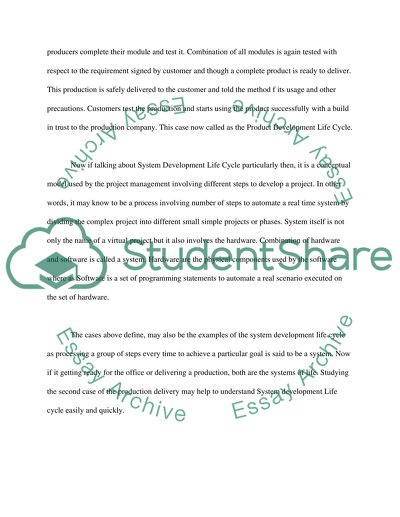Cite this document
(“Systems Development Life Cycle Assignment Example | Topics and Well Written Essays - 2000 words”, n.d.)
Systems Development Life Cycle Assignment Example | Topics and Well Written Essays - 2000 words. Retrieved from https://studentshare.org/sociology/1502240-systems-development-life-cycle-essay
Systems Development Life Cycle Assignment Example | Topics and Well Written Essays - 2000 words. Retrieved from https://studentshare.org/sociology/1502240-systems-development-life-cycle-essay
(Systems Development Life Cycle Assignment Example | Topics and Well Written Essays - 2000 Words)
Systems Development Life Cycle Assignment Example | Topics and Well Written Essays - 2000 Words. https://studentshare.org/sociology/1502240-systems-development-life-cycle-essay.
Systems Development Life Cycle Assignment Example | Topics and Well Written Essays - 2000 Words. https://studentshare.org/sociology/1502240-systems-development-life-cycle-essay.
“Systems Development Life Cycle Assignment Example | Topics and Well Written Essays - 2000 Words”, n.d. https://studentshare.org/sociology/1502240-systems-development-life-cycle-essay.


